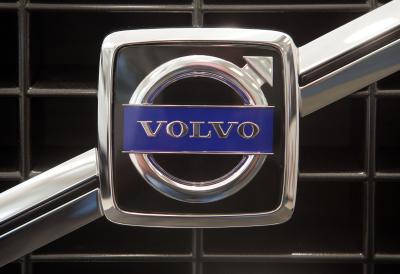
A bad fuel pump on the Volvo S80 will cause many performance problems. You will notice there are problems when the engine begins to sputter for no apparent reason. This occurs because the fuel pump is operating only intermittently. The first thing that you should do is to check all of the fuses and relays. If there are no problems with them, you will probably have to change the fuel pump, a process that can be done in about one to one and a half hours.
Disconnect the negative battery terminal and then remove the cap from the fuel rail, using the proper wrench, to relieve fuel system pressure. The fuel rail is at the top of the engine.
Place the wheel chocks in front of the front wheels and set the parking brake.
Jack up the car from a rear jacking point.
Drain the fuel from the fuel tank by disconnecting the fuel line and draining it into a container approved for gasoline.
Remove the fuel tank from the car by removing the fuel tank straps and the heat shield using the proper socket and ratchet.
Set the fuel tank on the ground and disconnect the electrical wires by unplugging them from the fuel tank. There are three connections that must be unplugged.
Remove the fuel pump locking nut using the fuel pump nut tool.
Remove the old fuel pump and O-ring.
Install the new fuel pump and O-ring into the fuel pump opening.
Re-install the fuel pump locking nut using the fuel pump nut tool and then plug the electrical wires back into the fuel pump.
Put the fuel tank back into place and secure it using the proper socket to re-attach the heat shield and fuel tank straps.
Reconnect the fuel lines using the proper wrench.
Lower the car back to the ground and pull the automobile jack out.
Pour the gasoline from the container back into the fuel tank.
Reconnect the negative battery terminal and be sure that you have reattached the cap on the fuel rail.
Start the car and test the installation. Look for leaks in the system.